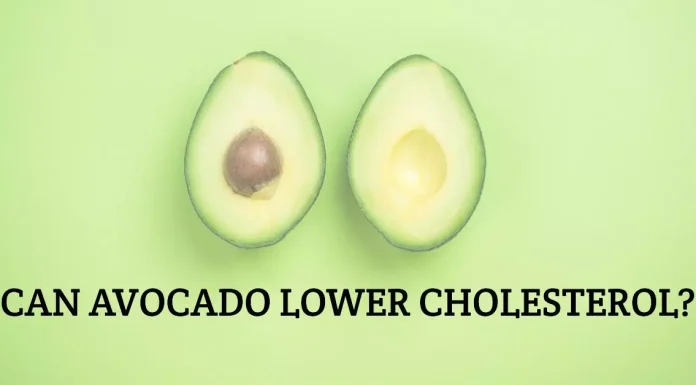
Your body burns the food you eat to provide the necessary fuel. The body converts excess food, not utilized as fuel, into fats for future use and stores it. After 6 hours of Fasting, your blood glucose levels start to decrease. The liver then begins breaking down glycogen into glucose for energy. After 24 hours of continuous fasting, you’ve used most glycogen stores.
After depleting glycogen, the body begins breaking down the protein within muscles and fat to produce energy. It allows the body to use fat as its primary source of energy instead of sugar, which helps in weight loss and increases insulin sensitivity. Intermittent Fasting involves alternating cycles of Fasting and eating.
Diet Psychology
You eat tiny one day but can eat normally the day after. Some people fast for 16 hours a day and consume all their calories during the remaining 8 hours. Intermittent fasting can help you lose weight more quickly and make it psychologically easier to stick to the diet.
Animal studies suggest that intermittent fasting may help animals live longer. One study found that short-term repeated fasting increased the lifespan of female mice. Fasting improves brain function by boosting the production of brain-derived neurotrophic factors (BDNF). This BDNF protein activates brain stem cells to convert them into new neurons. It also triggers numerous other chemicals that promote neural health.
Intermittent Fasting Health Benefits
Intermittent fasting also improves the immune system. When you fast, you reduce the free radical damage in your body. Fasting regulates inflammatory conditions in the body and starves off cancer cell formation. While Intermittent Fasting may help you lose weight, it could negatively affect your body on the biological level. Intermittent fasting may be less beneficial for women than men.
Three Methods of Intermittent Fasting
-
Alternate-day fasting
It involves alternating between a 24-hour “fast day” when the person eats less than 25% of usual energy needs and a 24-hour non-fasting “feast day” period. It is the strictest form of intermittent fasting because there are more days per week.
-
Periodic fasting or whole-day fasting
It involves any period of consecutive fasting of more than 24 hours, such as the 5:2 diet, where there are one or two fast days per week, to the more extreme version with several days or weeks of fasting.
-
Time-restricted feeding
It involves eating only for a certain number of hours each day. Examples are skipping a meal and the 16:8 diet (16 fasting hours cycled by eight non-fasting hours).
Studies on animals suggest that it could negatively affect female fertility. Intermittent Fasting could actually lower glucose tolerance and potentially crash women’s metabolism for someone with emotional or psychological eating disorders; intermittent fasting could amplify these issues. Skipping meals also elevates the levels of the stress hormone cortisol; even small increases in cortisol can raise blood sugar, resulting in the undesirable effect of storing fat and breaking down muscles.









